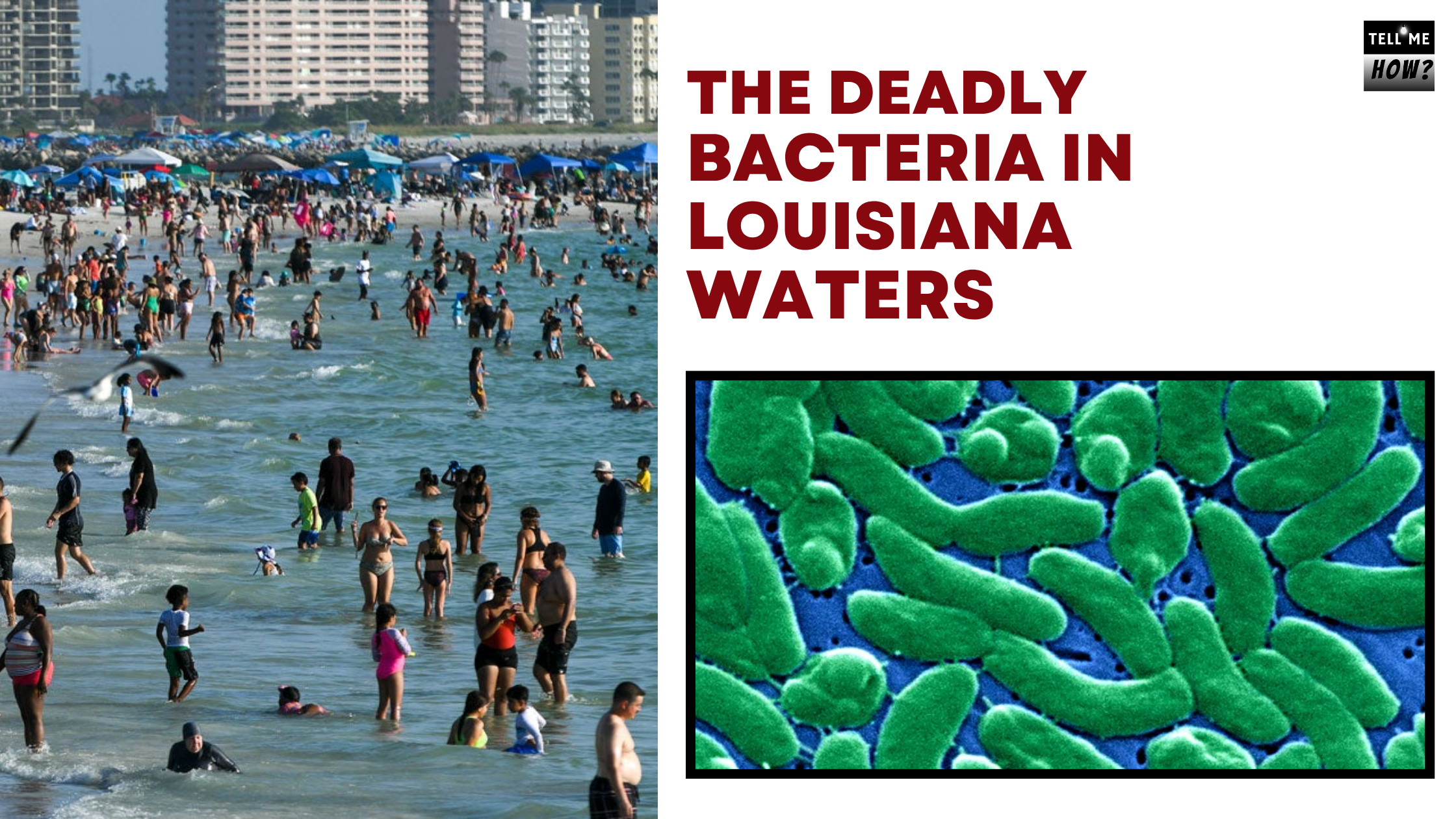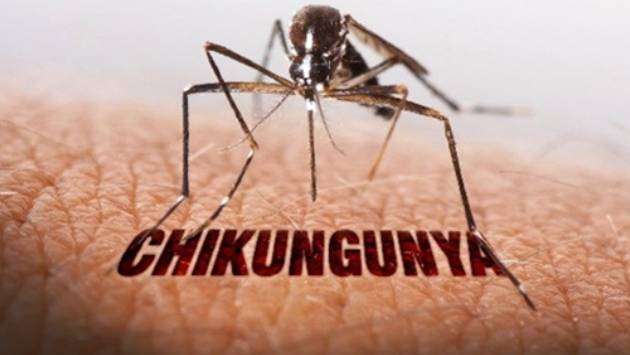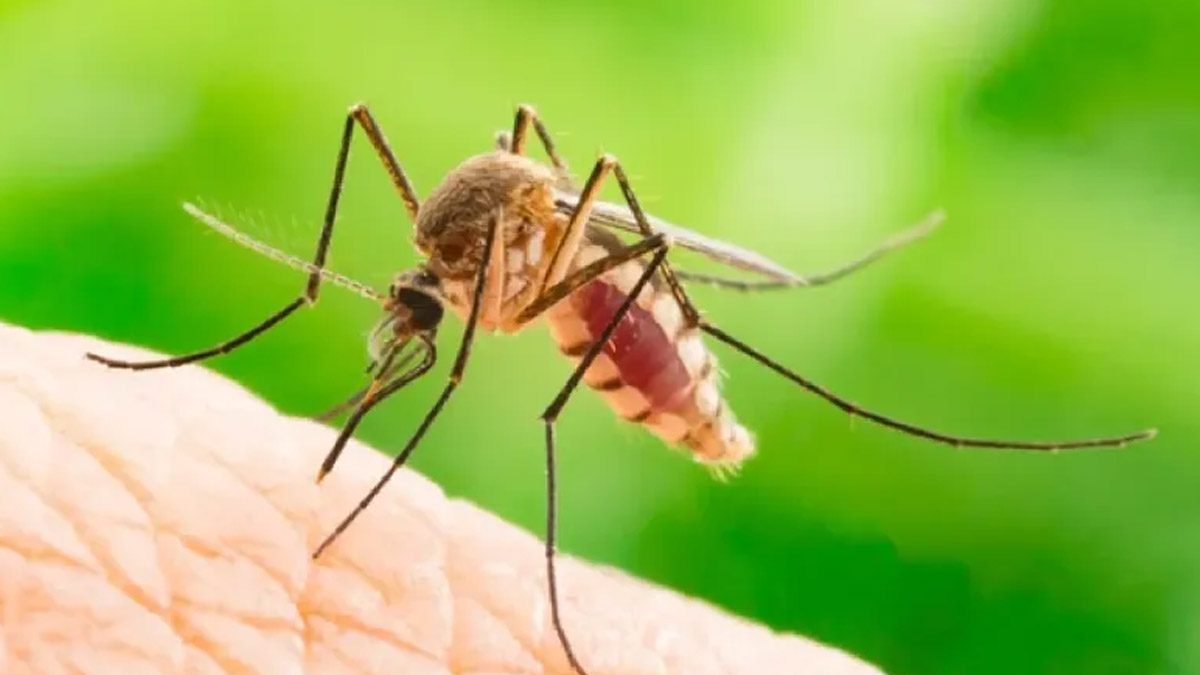In recent months, Louisiana has seen a rise in infections caused by a rare but deadly bacteria called Vibrio vulnificus. It’s often referred to as a “flesh-eating bacteria”, and for good reason. While it doesn’t literally eat flesh, the infection can spread quickly and destroy skin and tissue. It can even be fatal if not treated in time.
So, what is this bacteria, how do people get it, and why is it suddenly in the news? Let’s break it down in simple terms.
What is Vibrio Vulnificus?
Vibrio vulnificus is a type of bacteria that lives in warm, salty or brackish water. You can find it in coastal regions, especially during the summer when the water is warm. It’s not new, but it’s becoming more common and more dangerous in places like Louisiana.
There are two main ways people get infected:
- Through open wounds that come into contact with infected water.
- By eating raw or undercooked seafood, especially oysters.
For most healthy people, exposure might cause mild symptoms. But in people with weak immune systems or other health problems, it can become serious — even deadly.
What’s Happening in Louisiana in 2025?
This year, Louisiana has already reported 17 confirmed cases of Vibrio vulnificus infections. Sadly, 4 people have died. This is much higher than usual. In past years, the state would see about 6–8 cases, with maybe 1 death each year.
Most of these infections were not from eating seafood, but from water entering small wounds during activities like swimming or fishing.
Why Are Infections Increasing?
Several things may be causing this sudden rise:
- Hotter water temperatures allow the bacteria to grow faster.
- More people are spending time in the water, especially during summer.
- Doctors are now reporting cases more accurately, which adds to the numbers.
Even with better reporting, the increase in serious infections and deaths shows this is a growing concern.
What Are the Symptoms?
Symptoms depend on how the bacteria enters the body:
- If swallowed through seafood: upset stomach, vomiting, diarrhea, fever.
- If through a wound: redness, swelling, pain, blisters, or black spots.
- In severe cases: low blood pressure, organ failure, and even death within 1–2 days.
The infection spreads fast, so early treatment is very important.
Who Should Be Extra Careful?
People with the following health conditions are at higher risk:
- Liver disease (like hepatitis or cirrhosis)
- Diabetes
- Cancer or chemotherapy patients
- People with weak immune systems
For these individuals, even a small cut exposed to seawater can become a serious medical emergency.
How to Stay Safe
You don’t need to avoid beaches or seafood completely — just take precautions:
- Avoid going into the water if you have cuts or wounds
- Cover any open skin with waterproof bandages
- Wash wounds well if they touch ocean water
- Cook all seafood thoroughly
- Avoid raw oysters if you have health issues
Can It Be Treated?
Yes. If caught early, doctors can treat the infection with antibiotics. But if treatment is delayed, it can lead to surgery, amputation, or even death. That’s why it’s important to go to a hospital right away if you notice symptoms after being in coastal waters or eating seafood.
Final Thoughts
Vibrio vulnificus may be rare, but it’s dangerous. Louisiana’s recent rise in cases is a warning that this bacteria should not be taken lightly. By staying informed and careful, you can still enjoy summer safely.
Always protect yourself, and don’t ignore signs of infection. A little caution can save your life.



